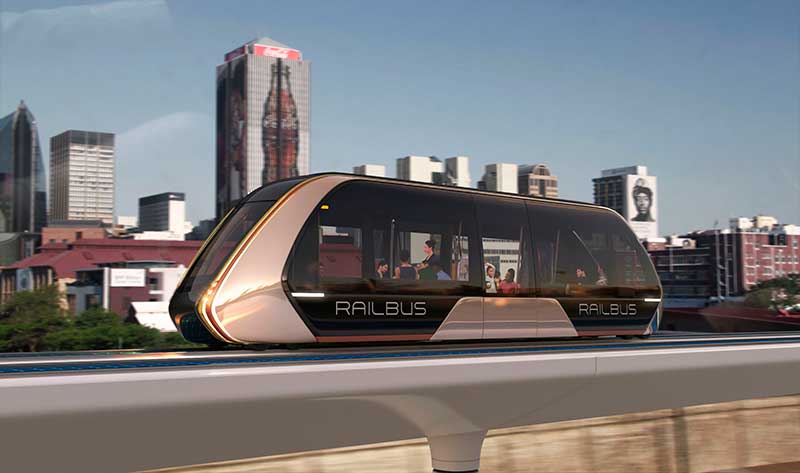As cities seek sustainable and efficient transportation solutions, the debate between RAILBUS systems and traditional public transport has gained traction. This article provides a comparative analysis of RAILBUS and traditional public transport, highlighting their differences in terms of efficiency, cost, and environmental impact.
Efficiency
- Capacity: RAILBUS systems typically have higher passenger capacities than traditional buses, reducing the number of vehicles needed to transport the same number of people.
- Speed: RAILBUS systems often have faster average speeds than buses, thanks to their dedicated tracks and streamlined design.
Cost
- Initial Investment: RAILBUS systems require a significant initial investment in infrastructure and vehicles, which can be higher than that of traditional buses.
- Operating Costs: While RAILBUS systems may have lower operating costs due to energy efficiency, they can be more expensive to maintain than traditional buses.
Environmental Impact
- Emissions: RAILBUS systems produce fewer emissions per passenger kilometer than traditional buses, thanks to their energy-efficient design and use of renewable energy sources.
- Resource Consumption: RAILBUS systems may require fewer resources over their lifespan compared to traditional buses, contributing to a lower overall environmental impact.
User Experience
- Comfort: RAILBUS systems often offer a more comfortable ride than traditional buses, with features such as air conditioning and spacious seating.
- Accessibility: RAILBUS systems can provide better accessibility for passengers with disabilities, thanks to their low floors and level boarding.
Conclusion While both RAILBUS systems and traditional public transport have their strengths and weaknesses, the choice between the two ultimately depends on the specific needs and priorities of a city. RAILBUS systems offer a more sustainable and efficient mode of transportation, but they require a higher initial investment and may have higher maintenance costs. Traditional public transport, on the other hand, is more familiar and may be more suitable for cities with limited budgets or existing infrastructure.

